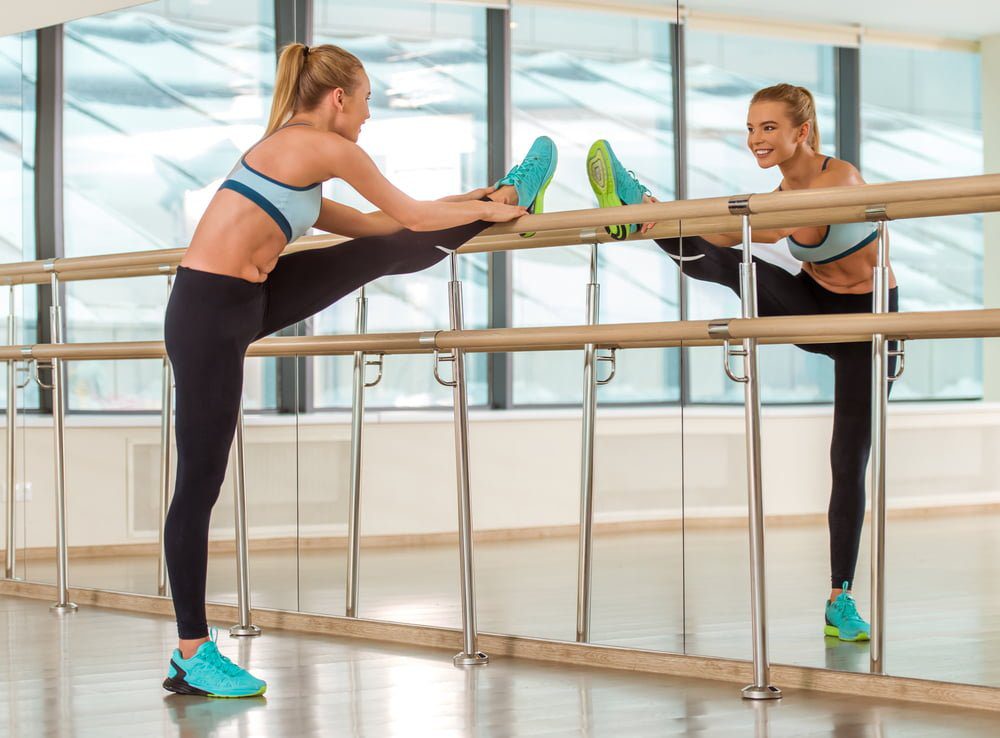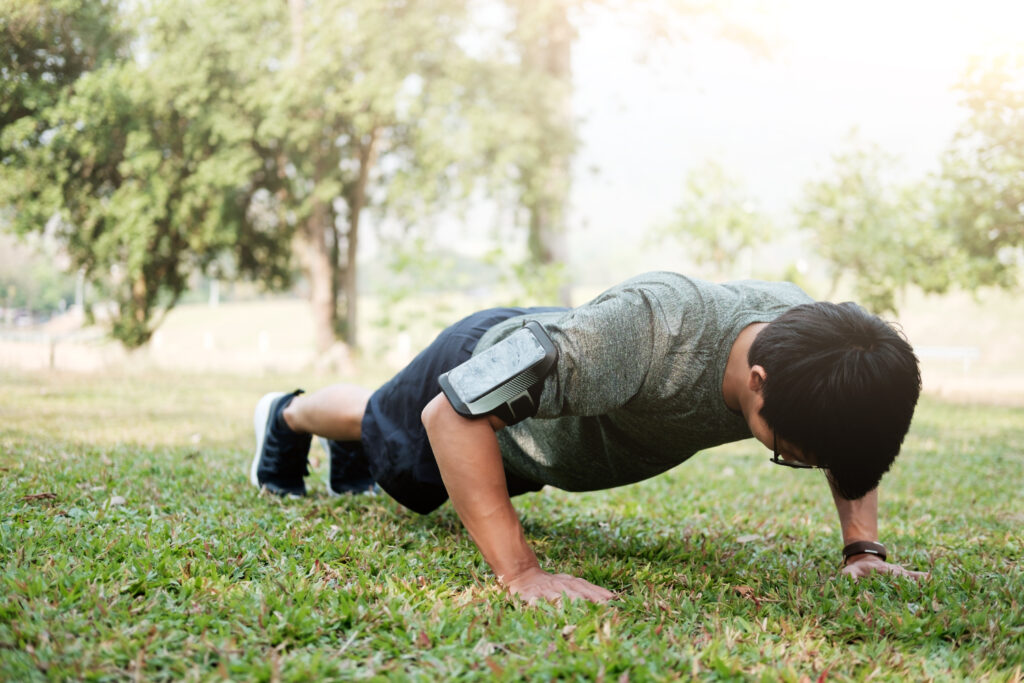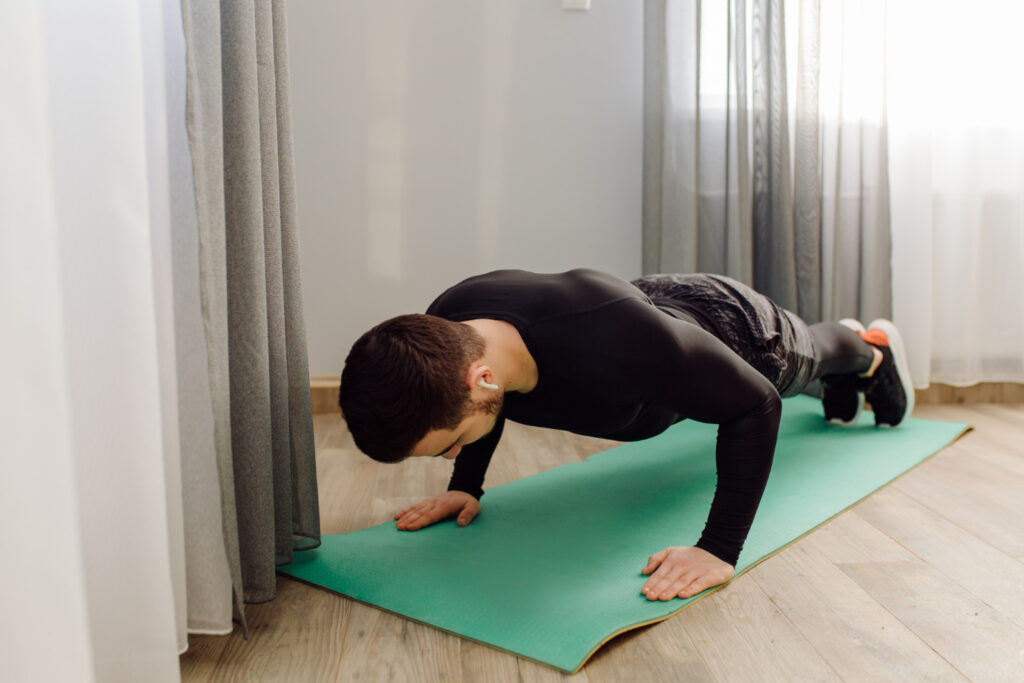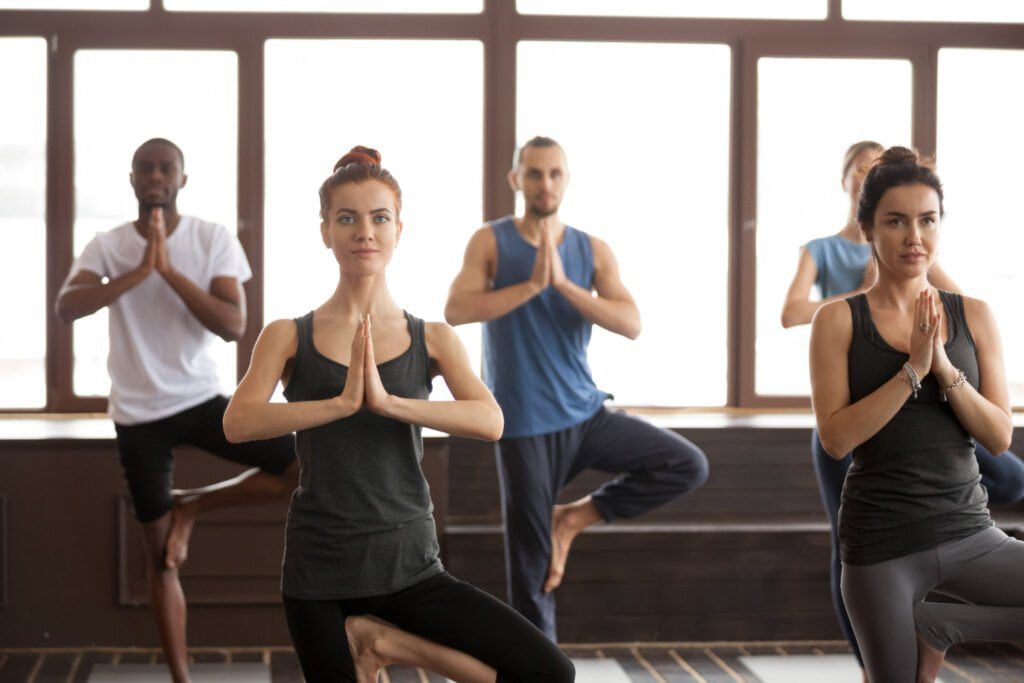Achieving an all-encompassing, effective workout that targets the entire body can feel like a daunting task. However, with the right approach, you can efficiently engage all major muscle groups, burn fat, and build strength. This article explores the best overall body kill workout, featuring expert opinions, scientific evidence, and practical advice to help you on your fitness journey.
Introduction to the Body Kill Workout.
The term “body kill workout” might sound intense, but it refers to a comprehensive fitness routine designed to challenge your entire body. This type of workout typically combines strength training, cardiovascular exercises, and flexibility movements. The goal is to maximize calorie burn, enhance muscle tone, and improve overall fitness.
The Science Behind Full-Body Workouts.
Full-body workouts are supported by extensive scientific research. Studies have shown that engaging multiple muscle groups simultaneously can lead to greater calorie expenditure compared to isolated exercises. Additionally, full-body workouts can improve functional fitness, which is the ability to perform everyday activities with ease.
Scientific Evidence: Research published in the Journal of Strength and Conditioning Research found that participants who performed full-body workouts three times per week experienced significant improvements in muscle strength and cardiovascular endurance compared to those who focused on single muscle groups.
Key Components of the Best Overall Body Kill Workout.
A top-tier body kill workout includes a variety of exercises to ensure all major muscle groups are targeted. Here’s a breakdown of the essential components:
1. Warm-Up.
A proper warm-up prepares your body for intense exercise, reducing the risk of injury. Spend 5-10 minutes performing light cardio, such as jogging or jumping jacks, followed by dynamic stretches.
2. Strength Training.
Strength training is crucial for building muscle and increasing metabolism. Aim to include compound movements that work multiple muscles at once.
Examples:
– Squats: Targets quads, hamstrings, glutes, and core.
– Deadlifts: Engages back, glutes, hamstrings, and core.
– Push-Ups: Works chest, shoulders, triceps, and core.
– Pull-Ups: Focuses on back, biceps, and shoulders.
3. Cardiovascular Training.
Cardio exercises boost heart health and aid in fat loss. Incorporate high-intensity interval training (HIIT) for an efficient cardio workout.
Examples:
– Burpees: Full-body movement that raises heart rate quickly.
– Mountain Climbers: Works core while providing a cardio boost.
– Jump Rope: Enhances coordination and cardiovascular endurance.
4. Flexibility and Mobility.
Flexibility exercises improve your range of motion and help prevent injuries. Incorporate static and dynamic stretching at the end of your workout..
Examples:
– Hamstring Stretch: Stretches the back of the legs.
– Hip Flexor Stretch: Targets the front of the hips.
– Shoulder Stretch: Enhances shoulder mobility.
Sample Full-Body Workout Routine.
Here’s a sample routine that combines strength, cardio, and flexibility for a comprehensive body kill workout:
Warm-Up (10 minutes):
– 5 minutes of light jogging.
– Dynamic stretches (arm circles, leg swings).
Strength Training (30 minutes):
– Squats: 3 sets of 12 reps.
– Deadlifts: 3 sets of 12 reps.
– Push-Ups: 3 sets of 15 reps.
– Pull-Ups: 3 sets of 10 reps.
Cardio (15 minutes):
– HIIT: 30 seconds of burpees, 30 seconds rest, repeat for 15 minutes
Flexibility (10 minutes):
– Hamstring stretch: 30 seconds each leg
– Hip flexor stretch: 30 seconds each side
– Shoulder stretch: 30 seconds each arm
Expert Insights on Full-Body Workouts.
To gain deeper insights, we interviewed Sarah Lee, a certified fitness expert with over 15 years of experience.
Interview with Sarah Lee.
Q: What makes a full-body workout effective?
A: “A full-body workout is effective because it engages multiple muscle groups simultaneously, which increases the calorie burn and builds functional strength. It also saves time since you’re working out the entire body in one session.”
Q: How often should someone perform a full-body workout?
A: “For most people, 3-4 times per week is ideal. This frequency allows enough time for muscle recovery while ensuring consistent progress.”
Q: Can beginners start with full-body workouts?
A: “Absolutely. Beginners should focus on mastering the basic movements with proper form. It’s important to start with lighter weights and gradually increase the intensity.”
Frequently Asked Questions.
It’s generally not recommended to perform full-body workouts daily as your muscles need time to recover. Aim for 3-4 times per week with rest or active recovery days in between.
A full-body workout can be effective within 45-60 minutes. This includes time for warm-up, strength training, cardio, and stretching.
While equipment like dumbbells and resistance bands can enhance your workout, you can perform many effective exercises using just your body weight.
Including cardio can improve heart health and enhance overall fitness, but it’s not mandatory for every session. You can alternate between strength-focused and cardio-focused workouts.
Progress by gradually increasing the weights you lift, adding more repetitions, or reducing rest time between sets. Listen to your body and make adjustments as needed.
Bottom Line.
A well-designed body kill workout is a powerful way to enhance your fitness, build muscle, and burn fat. By incorporating a mix of strength training, cardio, and flexibility exercises, you can achieve a balanced and effective workout routine. Remember to start at your own pace, prioritize proper form, and gradually increase the intensity.

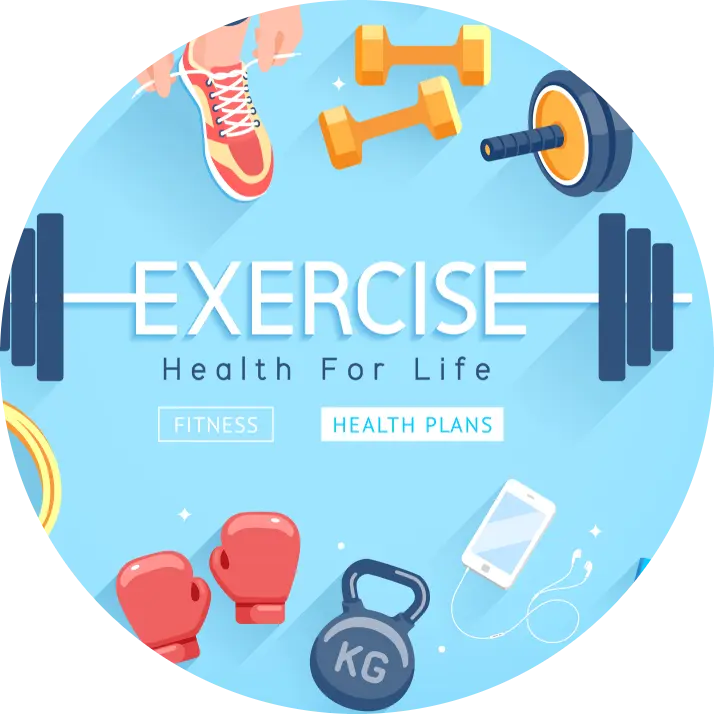 Workout
Workout
 Meditation
Meditation




 Contact Us
Contact Us











